In an age where information travels faster than a blink, social media platforms find themselves at a critical crossroads. As they strive to scale user engagement, the ethical responsibility of these platforms to uphold integrity has become paramount. The latest Transparency Report from TikTok, a major player in the social media arena, is a revealing document that confronts the harsh realities of disinformation, user safety, and the intricate dance between technology and morality. Comprising a staggering 329 pages, it delves into TikTok’s serious attempts to adapt to its role within a turbulent digital ecosystem, where misinformation can proliferate with alarming speed.
The revelations in this report prompt us to examine not just TikTok’s policies but the implications of these actions in a broader context. For example, the eye-catching statistic of over 36,740 political advertisements removed in the latter half of 2024 speaks volumes about TikTok’s commitment to shielding its users from potentially manipulative content. Yet, is a blanket ban on political ads genuinely a solution? Rather than merely cleaning house, an educational approach targeting users could empower them to navigate these restrictions more effectively.
Engagement vs. Authenticity: The Challenge of Digital Identity
One of the most staggering statistics revealed in TikTok’s report is the elimination of nearly 10 million fake accounts. To many, this sounds like a success story, a vigorous sweep that aims to enhance genuine user interaction. However, the reality is more complex. The removal of 460 million fraudulent likes isn’t just an impressive number; it raises existential questions about the nature of social validation online. People engage with content due to social obligations and peer pressures rather than authentic enjoyment. Users often find themselves in a precarious space where their interactions may not reflect genuine sentiment but are instead rooted in societal expectations.
This nuance complicates TikTok’s goal of creating a more authentic community. Are platforms like TikTok simply enabling the masquerade of social engagement? Removal of bots is essential, but ethical interaction hinges on nurturing a culture where users feel free to express themselves without succumbing to social pressures. Without addressing the psychology of social engagement, the issues of authenticity will remain an ongoing battle.
The AI Conundrum: Ethics in a Digital Future
The emergence of AI-generated content poses yet another unprecedented challenge for platforms. The report underscores the removal of over 51,618 videos for violating guidelines around synthetic media. This alarming figure indicates not just the quantity of misleading content but also the urgency with which TikTok must act to establish regulations and standards. They have initiated measures like adopting C2PA Content Credentials, an essential step toward managing the rising tide of fabricated content in an AI-driven era.
However, while TikTok is eager to stay ahead of the curve, it must also grapple with the implications of these developments on societal values. The use of AI in generating misinformation transforms the landscape fundamentally, raising ethical dilemmas about content creation and consumption. Users need guidance to distinguish between authentic and synthetic information, and without adequate educational frameworks, mistrust will proliferate within the community. TikTok’s proactive stance here is commendable, but is it sufficient to address the complexity of this issue?
The Essential Role of Fact-Checking
TikTok’s collaboration with 14 accredited fact-checking organizations in Europe is a significant stride toward responsible content management. By integrating third-party validation, TikTok acknowledges that it cannot operate in a vacuum when combating misinformation. The report’s revelation about a 32% decrease in content shares upon seeing an “unverified claim” notification underscores the power of credible information sources. This paradigm shift illustrates that users are not merely passive consumers but can be influenced to scrutinize information critically when given the right prompts.
What stands out here is the urgent need for robust education surrounding these fact-checking measures. Relying solely on external validation isn’t enough; it must be coupled with a systemic approach to user education. Misinformation is rampant and ever-evolving, necessitating a dynamic response that combines clear regulations with educational initiatives. Community-driven feedback is valuable but often lacks the rigor of professional fact-checking.
Navigating the Future of Social Media Regulation
TikTok has made significant strides in its approach to combating disinformation, but the reality is that the struggles of misinformation and improper digital conduct are far from over. As this platform and others navigate the muddy waters of a rapidly changing digital landscape, a collective responsibility emerges—not just from TikTok, but from users, regulators, and society at large. TikTok’s efforts are commendable, but the question remains: is it enough?
Preparing users to discern truth amidst a sea of disinformation calls for a more collaborative effort from digital platforms and educational institutions alike. In our tumultuous digital age, education must not lag behind innovation; it should drive the conversation. Empowering users with both regulations and critical thinking skills will be key as we endeavor to foster a more truthful and transparent social media environment.
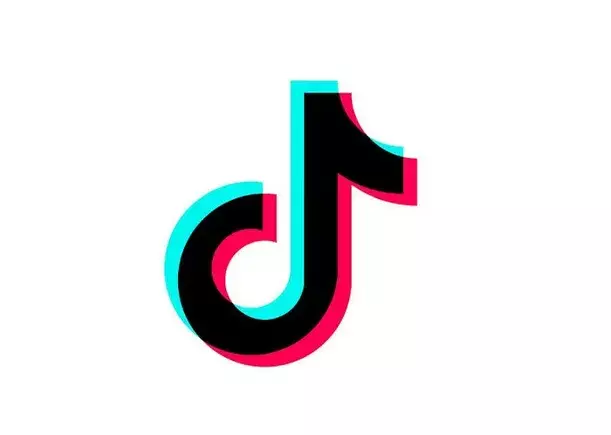

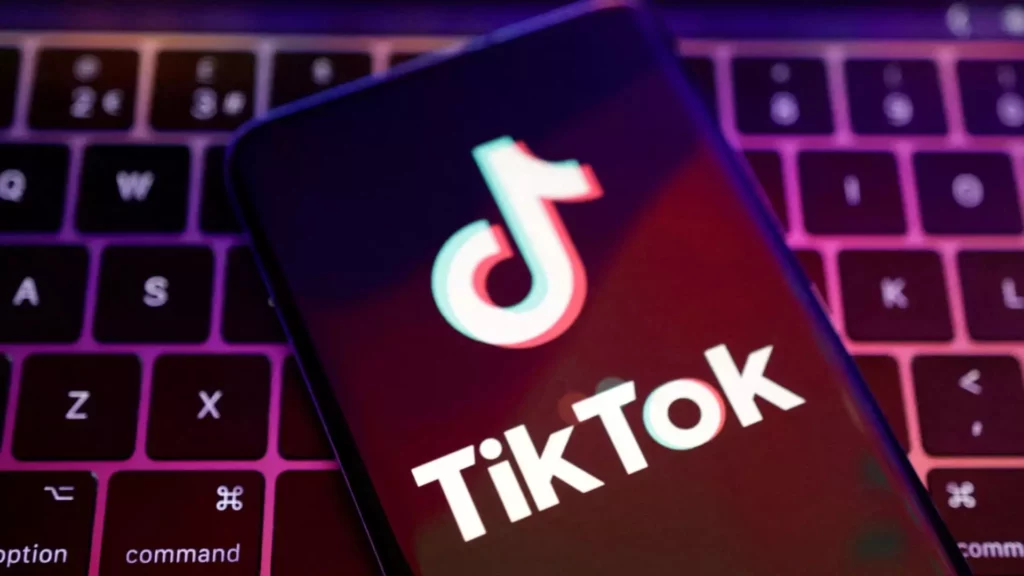

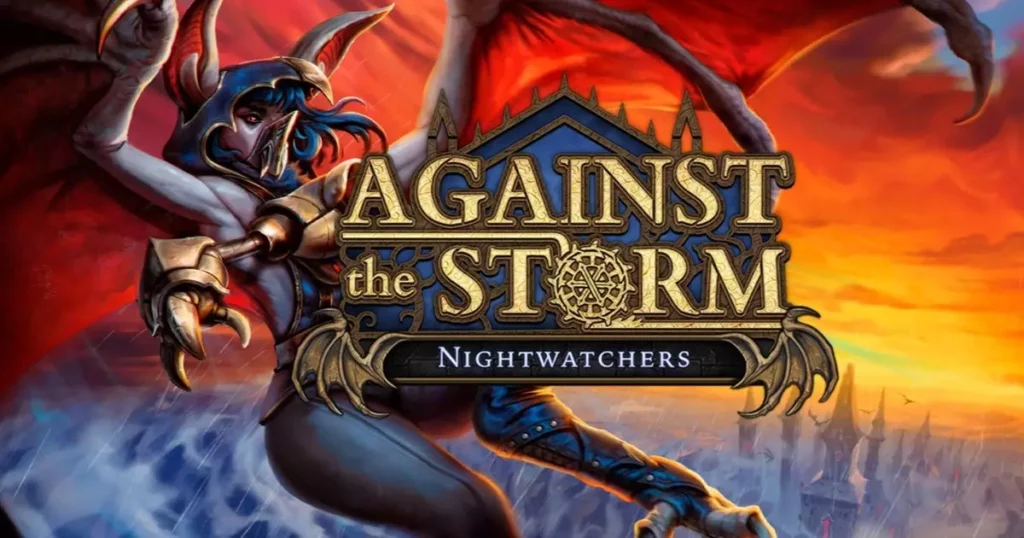
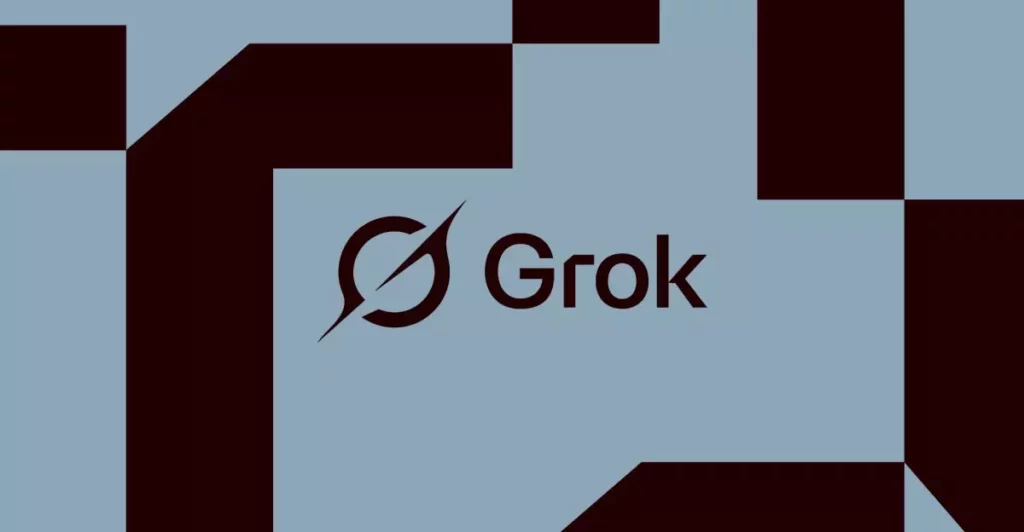
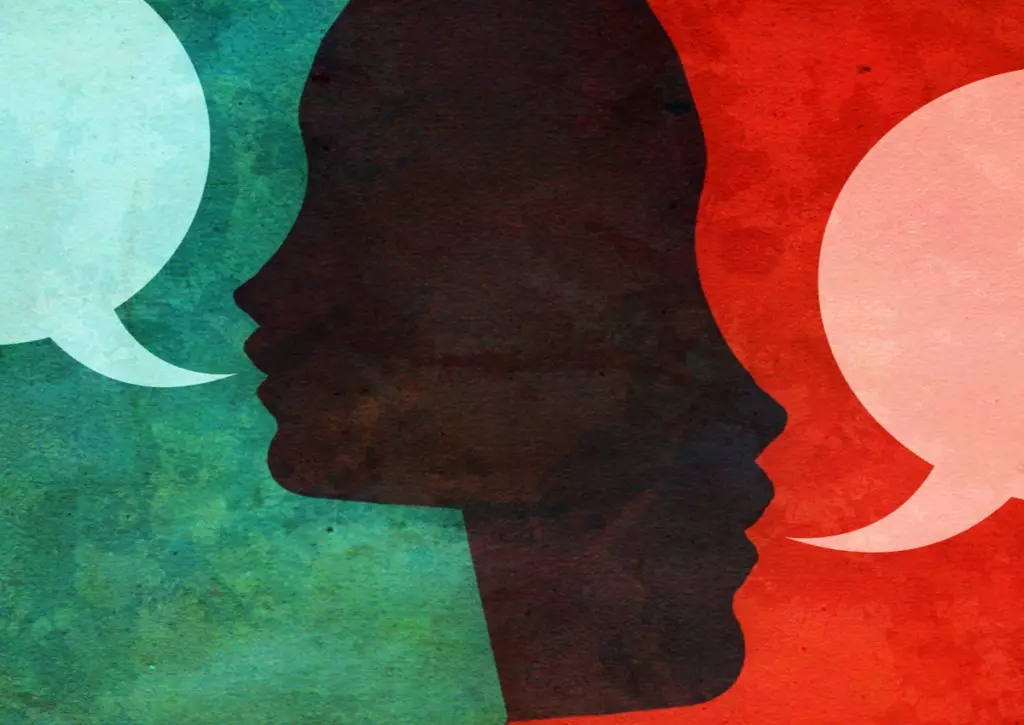


Leave a Reply